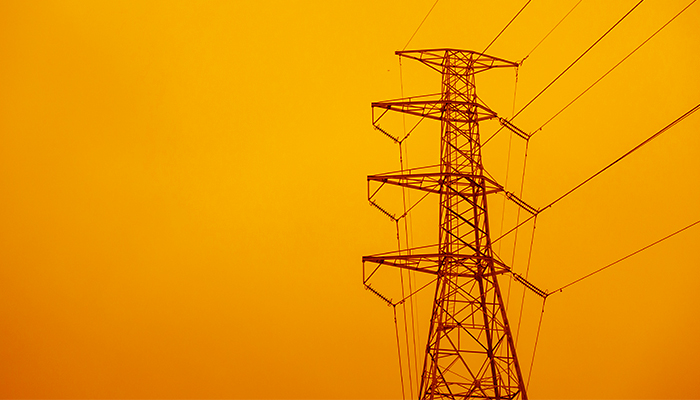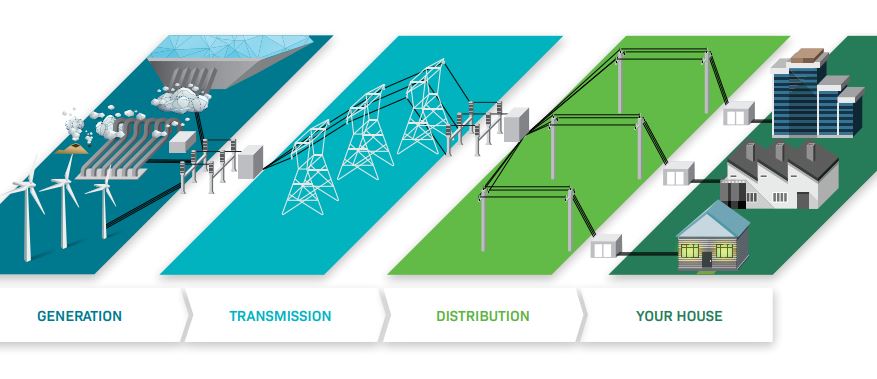Electricity bills expected to reduce for over 1 million North Island customers

Customers in the North Island can expect some good news in their power bill. The Commerce Commission has announced that Electricity bills for consumers of two electricity lines companies in the North Island are expected to reduce from 1 April. This is as a result of a downward adjustment to Powerco and Wellington Electricity’s allowable revenues.
Why are power bills expected to go down?
Comcom appears to be proposing lower revenue caps to bring Powerco and Wellington Electricity in line with other electricity lines companies.
This is due to a reduction in economy-wide interest rates between March 2018 when their Customised Price Quality Pathways (CPPs) were set and September 2019, when the Cost of Capital (WACC) was set for the other 15 lines companies in New Zealand.
What does it mean for customers on Powerco and Wellington Electricity lines?
Powerco delivers energy that goes to 1.1m customers (across 442,000 homes, businesses and organisations) in the North Island. Wellington Electricity service the Wellington region.
If you’re on one of these networks, it should mean some additional savings on your power bill!
Commission deputy chair Sue Begg says the amendment, “…has the result of decreasing Powerco’s allowable revenue, which they can recover from their consumers, by approximately $150 million over the next three years and Wellington Electricity’s by approximately $18 million over the next year,”
“For Powerco and Wellington Electricity consumers, this amendment is expected to result in lower lines charges in their electricity bills, provided their retailers pass on the savings.”
What do Electricity lines companies do?
Electricity lines, or Distribution companies, transport electricity on local lines from the national grid. They provide and maintain the power lines that carry electricity from the national transmission grid to the homes and businesses across New Zealand.
Retail companies purchase electricity from the electricity market. The Retail companies package the transmission and lines charges, along with the amount of electricity used, to create a single invoice for customers.
The cost of generating, distribution and transmitting power accounts for a large portion of a residential power bill – the cost of electricity distribution accounts for 27% of a residential power bill.
Could you save more on your power bill?
The cost of electricity distribution is just one portion of your power bill, which means there are lots of potential ways to save on your bill. Could you save more?


